Have you ever experienced an allergic reaction, dizziness, or irritation when you are in a particular location? Do the allergies stop when you leave that place? If you answered yes to these questions, you might be suffering from sick building syndrome.
Sick building syndrome is a term used to describe a condition caused by being in an enclosed space or building. The leading cause of the condition is said to be poor indoor air quality. This is after the doctor rules out the possibility of any other illness.
It is important to note that sick building syndrome symptoms are many and common to other illnesses such as the common cold. The only difference is that the symptoms tend to disappear or reduce when you leave that particular space or building.
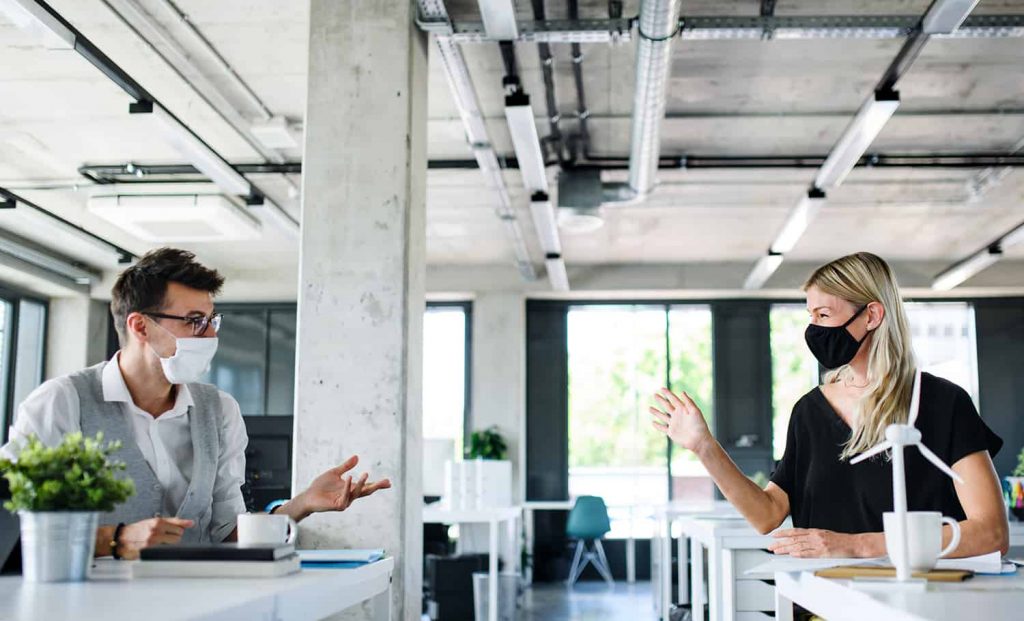
So what are the symptoms of sick building syndrome?
As mentioned earlier sick building syndrome has a wide range of symptoms. Some of the most common ones include;
- Feeling light heads or dizziness
- Headaches
- Fatigue
- Sneezing and other allergy-like symptoms
- Irritation in the throat
- Running nose
- Rashes or dry and itchy skin
- Nausea
- Fever
- Chills
- Difficulty breathing or tightness in the chest
- Muscle aches
As you can see from the list above, sick building syndrome can affect your respiratory system, skin, and even your brain. If you have existing illnesses such as asthma, you might experience more severe symptoms. Your attacks might become more frequent if you have sick building syndrome.
Keep in mind that people are different, so that the symptoms might vary per person. For some people, symptoms show up after they leave the building, and some might not show any signs at all until much later in their life.
This shows that there are short and long terms effects of sick building syndrome. Repeated long-term exposure can cause serious long-term illnesses such as heart disease and cancer.
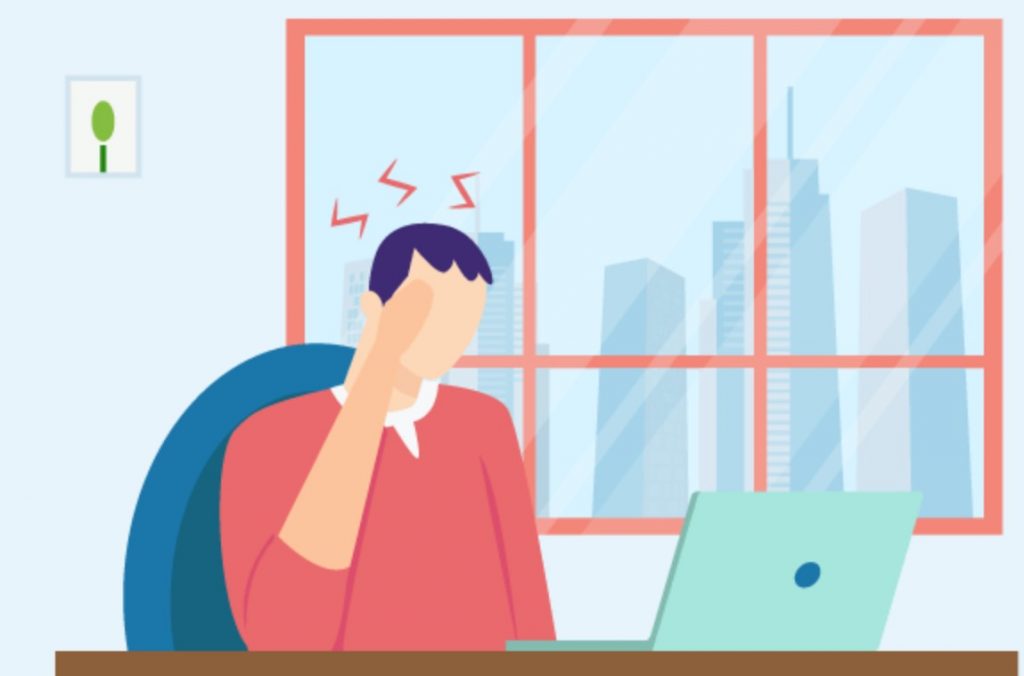
Causes of sick building syndrome
As mentioned earlier, doctors arrive at the conclusion of sick building syndrome when they can’t identify any other cause for your symptoms. Since most of this condition’s symptoms can be linked to poor indoor air quality, let’s look at what causes it.
- Mold
- Poor ventilation
- Chemicals from cleaning products
- Particulate matter from cooking
- Low humidity or heat
- Pet waste
- Ozone
- Formaldehyde
- Carbon monoxide
- Pesticides
- Outdoor pollution like industrial smoke
- Dust
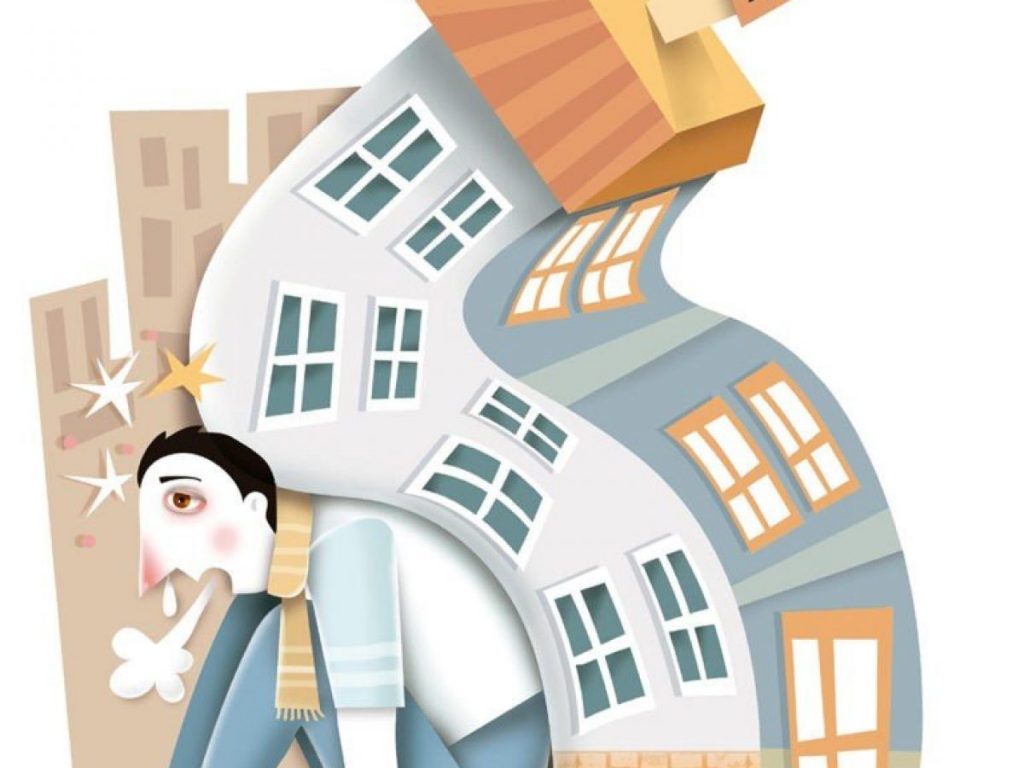
According to a World Health Organization report, about 30% of remodeled and new buildings have poor indoor air quality. Research has shown that indoor air pollution is up to 5 times more harmful than outdoor pollution.
With the long list of possible causes, you can see why it’s difficult for a doctor to pinpoint just one for the condition. To get to the root of the problem, a doctor will ask you about your occupation or working conditions and where you live. You can also ask your employer about it, especially if many of you have similar symptoms in the office.
It’s important to note that sick building syndrome can also be caused by psychological factors such as stress, low morale in the workplace, or disliking your job. This often causes conflict between building owners and their tenants because the tenants might demand a building inspection or other modifications that the owner is unwilling to pay for. Most building owners don’t believe the building is the problem. That’s why they hesitate to pay for the inspections and renovations.
To better diagnose sick building syndrome, clinicians suggest that patients undergo a psychological, physical, social, environmental, and biomedical evaluation. Air sampling does not provide enough information to solve the issue if there is one.

How to improve the indoor air quality in your building
As you already know, there is no safe standard of indoor or outdoor air pollution. Therefore, the best way to keep you and your tenants or employees safe is to practice prevention measures.
1. Regular spring cleaning
This is not something you can make your employees do, and your tenants can only spring clean their homes. You might have to hire a cleaning service twice every month to thoroughly clean the office or hire someone to clean the corridors and building compound regularly.
Spring cleaning can do a lot to improve indoor air quality because it will help get rid of accumulated dust. Dust is a common and often underestimated cause of poor indoor air quality. Getting rid of it by maintaining cleanliness should be your first line of defense.
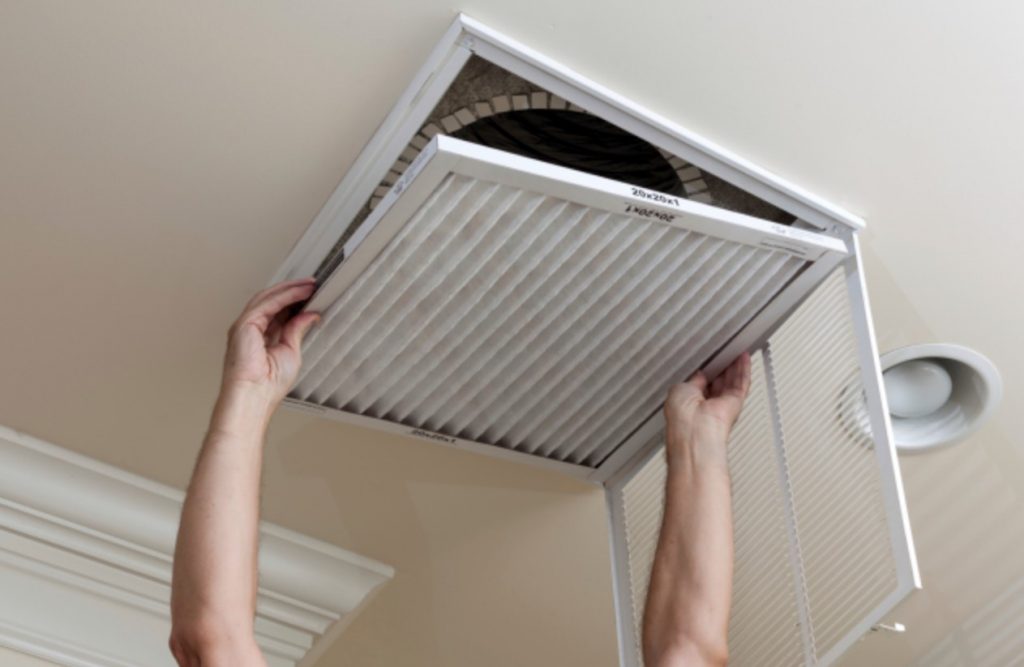
2. Check your air filters
Office air filters should be replaced every two months. They should be changed more often if your building is an industrial facility. This is because dirty air filters recycle dust and volatile organic compounds into the air repeatedly. Therefore, replacing them regularly is a great way to improve your indoor air quality.
3. Allow free airflow
According to Bustmold.com, ventilation is a simple and free method of improving your indoor air quality. Make it a habit of opening the windows in your office and leaving some of the doors open. You will be surprised how fresh air can change the mood of your employees and even boost productivity.
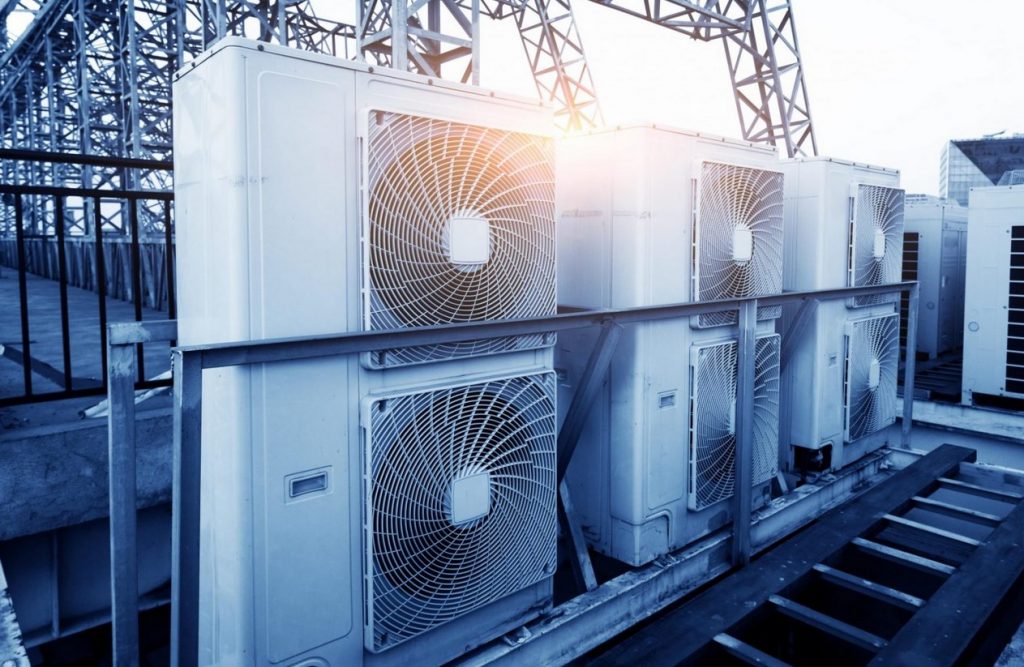
4. Invest in a dehumidifier or a modern HVAC system
High temperature and humidity levels encourage the growth of mold, mildew, and other biological pollutants which can be toxic to the human body. Dehumidifiers can help keep the humidity levels low, improving your indoor air quality.
You might not have to buy a new HVAC system if you have an old one as they can be retrofitted to improve ventilation and maximize the use of outside fresh air.
5. Install an indoor air quality sensor
Assuming you already have smoke detectors and carbon monoxide sensors, adding an IAQ sensor shouldn’t be a problem. An IAQ sensor can measure the concentration of common indoor air pollutants such as VOCs, CO2, nitrogen dioxide, and much more. They can be integrated into the HVAC system and alarm you when things are wrong so you can fix them.
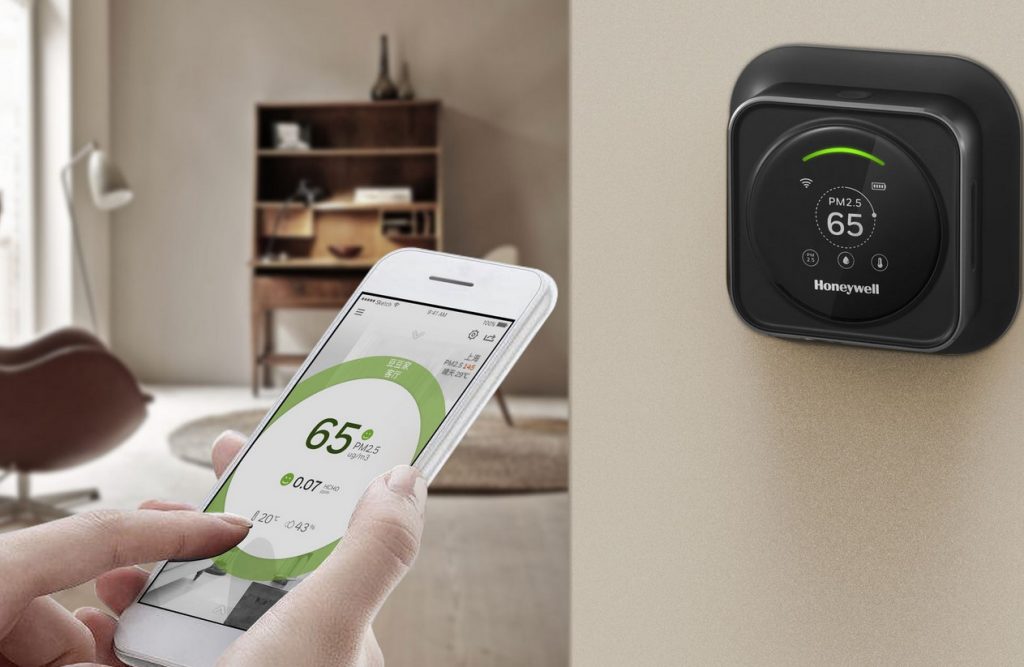
Finally, it’s important to note that even in low concentrations, indoor air pollutants from furniture, printers, and other office materials can cause sick building syndrome symptoms. The good thing is that most of the prevention measures mentioned are automated, making it easy to keep your employees safe and healthy.









